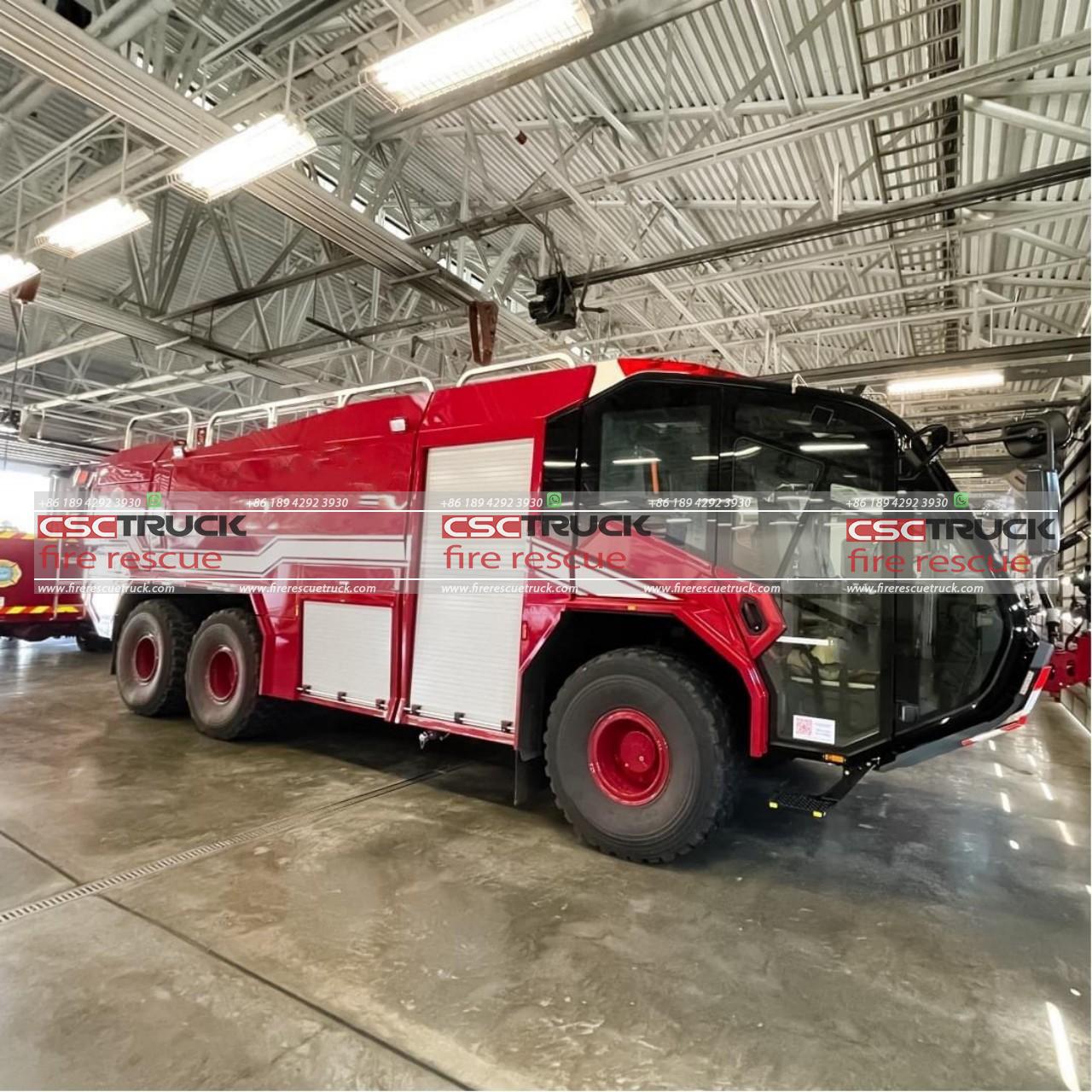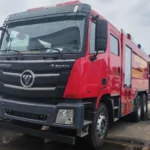Fire trucks, also known as fire engines or fire apparatus, have played a critical role in firefighting for centuries. As technology and firefighting techniques have advanced, so too have the capabilities and design of these essential vehicles. In this blog post, we will explore the evolution of fire trucks and how they have transformed over time to become the modern firefighting machines we know today.
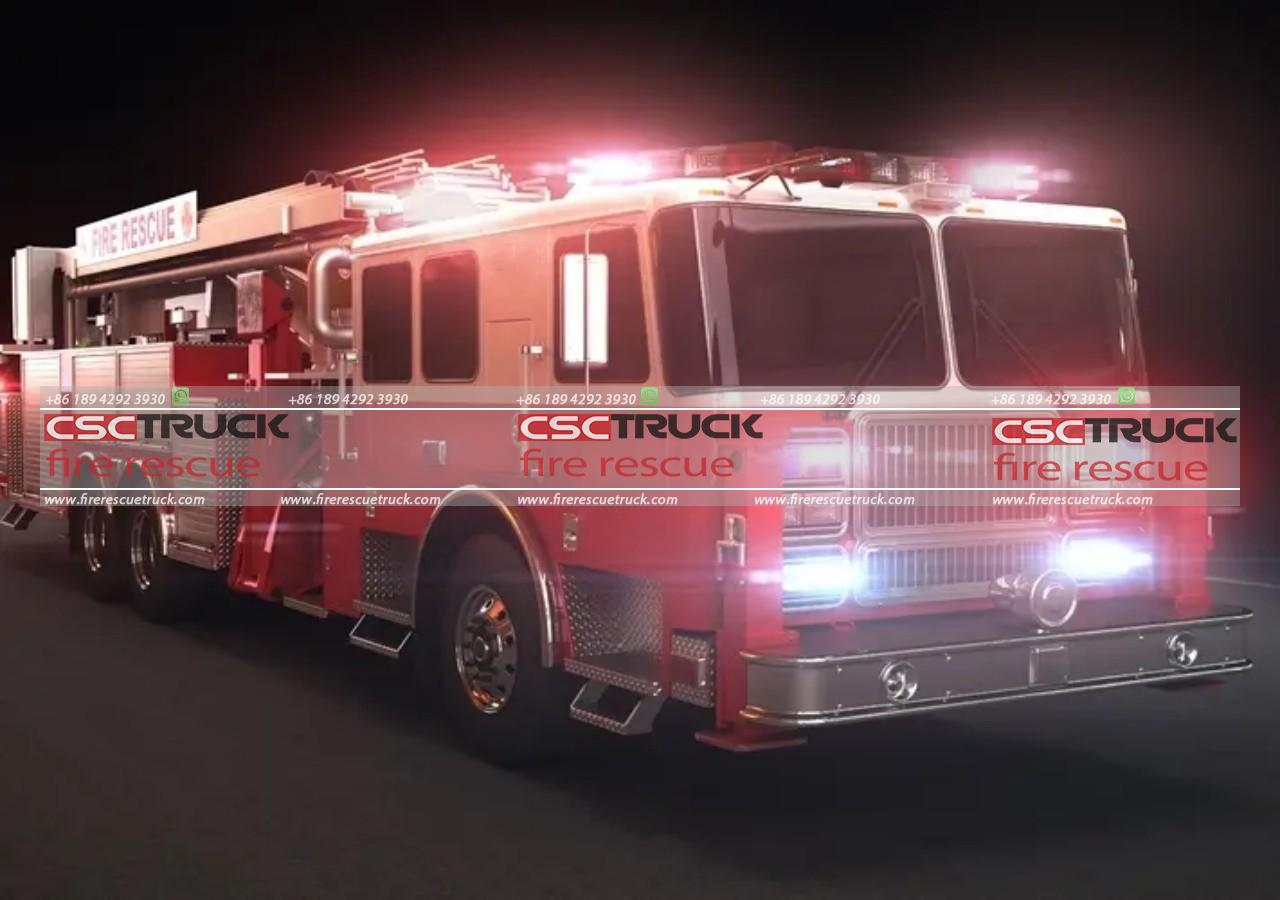
Early Firefighting Vehicles:
The history of fire trucks can be traced back to ancient civilizations, where basic methods of firefighting were employed. In ancient Rome, for example, firefighters used hand-operated pumps and bucket brigades to extinguish fires. As cities grew, more sophisticated firefighting techniques and equipment were developed.
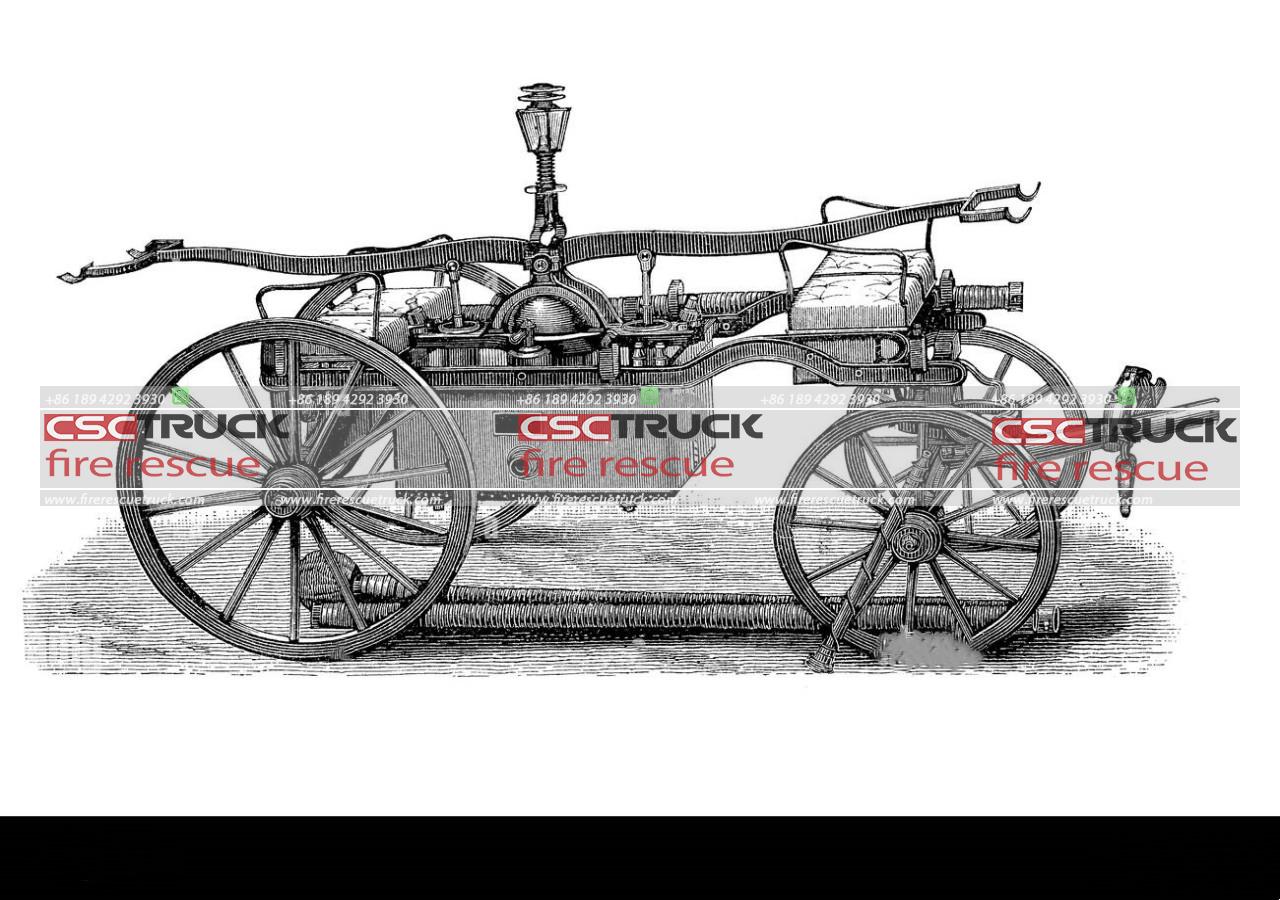
The first mechanical fire engine is believed to have been built in 16th-century Germany. These early fire engines were horse-drawn and featured manual pumps to deliver water to the fire. In the 18th century, the introduction of steam-powered fire engines revolutionized firefighting. These steam fire engines, also known as steamers, used steam pressure to propel water onto the fire with greater force and efficiency.
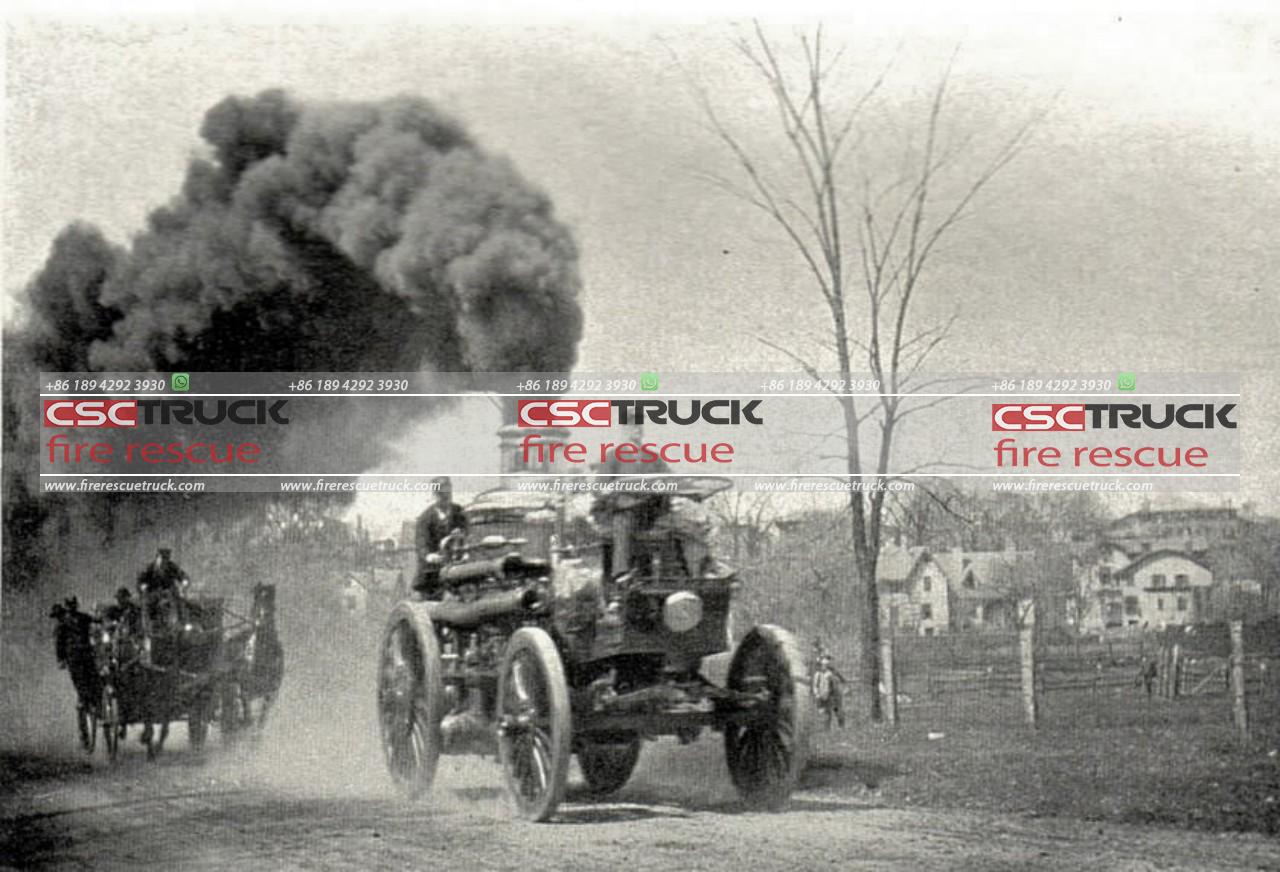
Horse-Drawn Fire Engines:
In the 19th century, horse-drawn fire engines became commonplace. These fire engines were pulled by horses and featured large water tanks and hand-operated pumps. They were often equipped with ladders, hoses, and other firefighting tools. The introduction of horse-drawn fire engines allowed firefighters to respond to fires more quickly, increasing their effectiveness in saving lives and property.
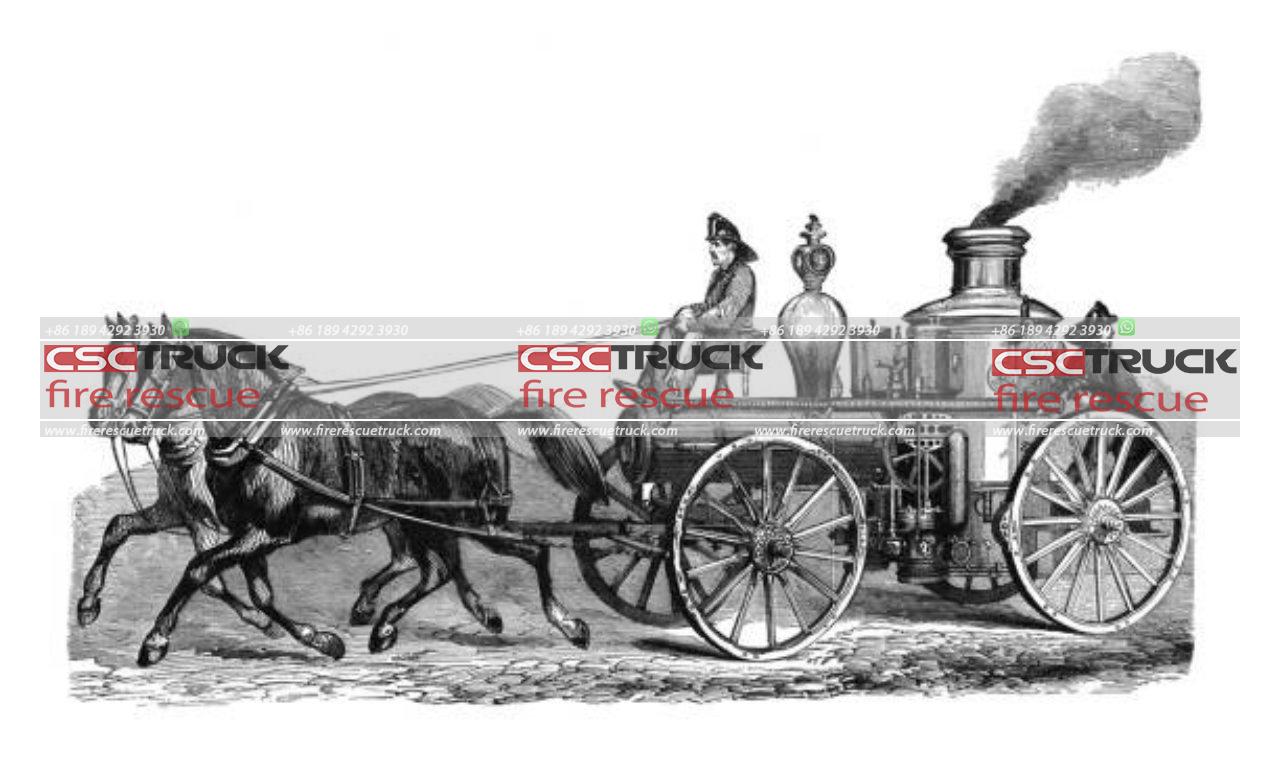
Motorized Fire Trucks:
The early 20th century marked a significant shift in fire truck design with the introduction of motorized vehicles. Gasoline-powered engines replaced horses as the primary means of propulsion. This innovation improved response times greatly and allowed fire trucks to reach fires faster than ever before.
Motorized fire trucks were initially based on modified commercial vehicles, such as cars and trucks. They were retrofitted with firefighting equipment, including water tanks, pumps, hoses, and ladders. These early motorized fire trucks were limited in their capabilities and often had a single-purpose design for firefighting.
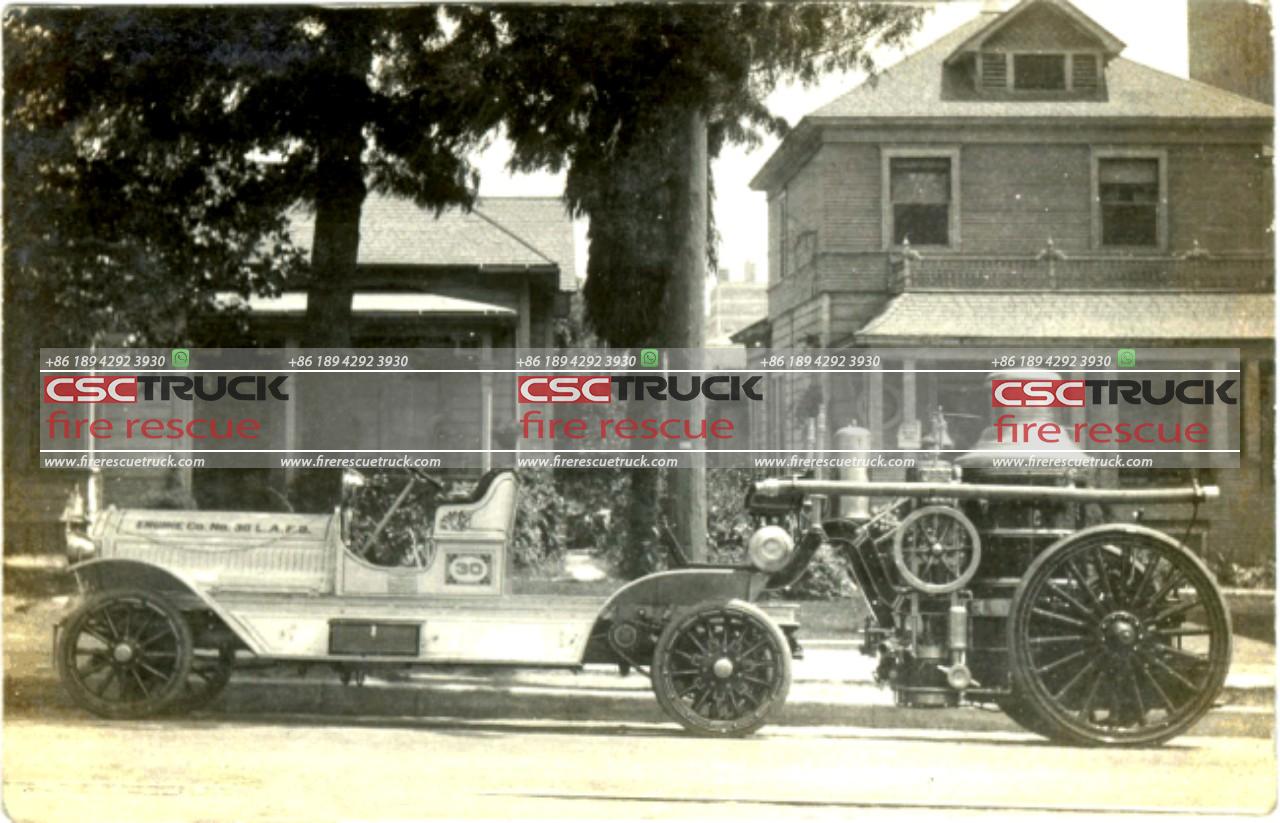
Specialized Fire Apparatus:
As firefighting techniques advanced and fire departments faced new challenges, specialized fire apparatus were developed to meet specific needs. Aerial ladder trucks, equipped with extendable ladders and platforms, were introduced to access tall buildings and provide elevated firefighting positions. Tanker trucks, also known as water tenders, were designed to transport large quantities of water to areas with limited water supply.
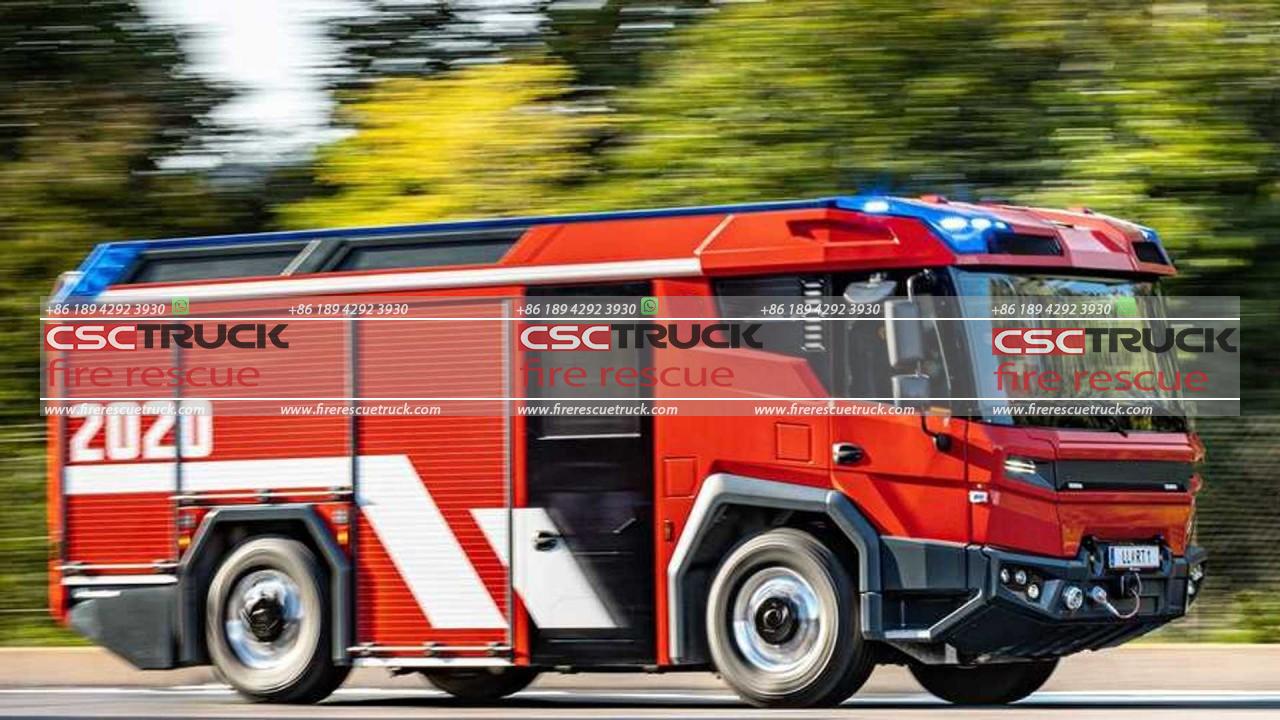 Additionally, specialized vehicles such as hazmat units, rescue trucks, and foam tenders were introduced to handle specific emergencies. These vehicles were equipped with specialized equipment and tools to address hazardous materials incidents, perform technical rescues, and combat fires involving flammable liquids.
Additionally, specialized vehicles such as hazmat units, rescue trucks, and foam tenders were introduced to handle specific emergencies. These vehicles were equipped with specialized equipment and tools to address hazardous materials incidents, perform technical rescues, and combat fires involving flammable liquids.
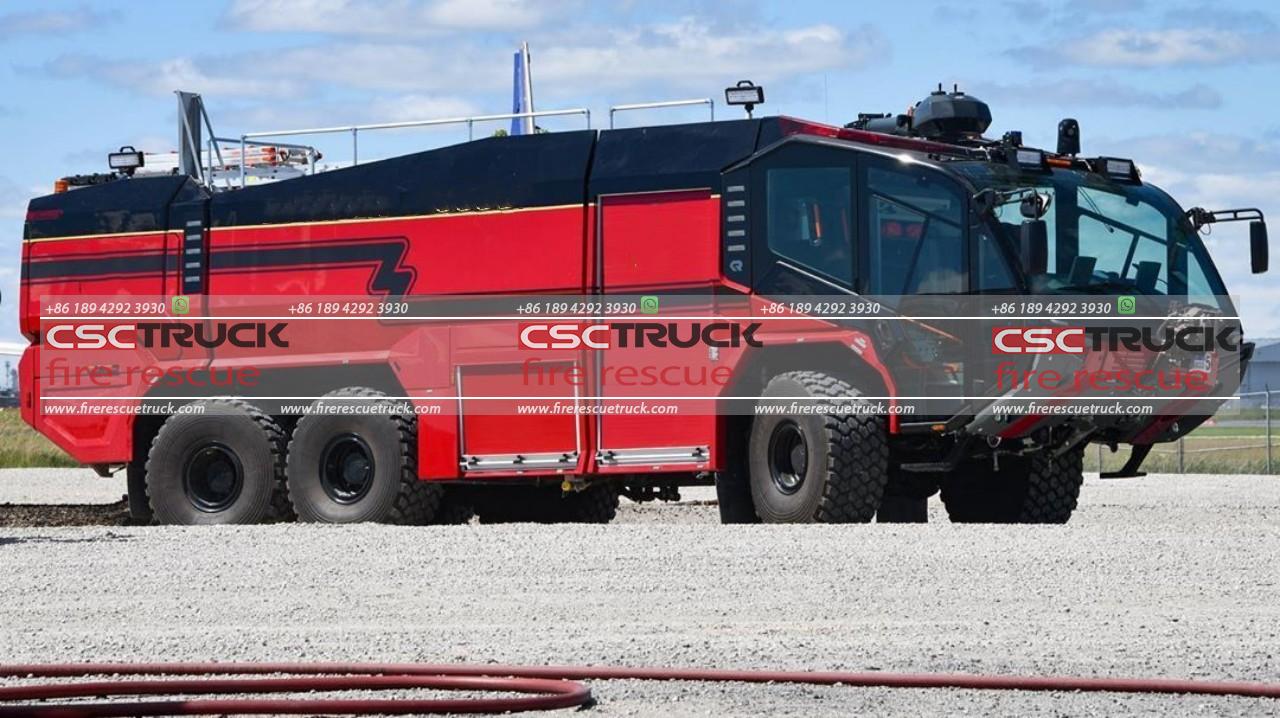 Modern Fire Trucks:
Modern Fire Trucks:
In recent decades, fire truck design and technology have undergone significant advancements. Modern fire trucks are highly specialized, technologically advanced, and tailored to meet the unique demands of firefighting operations.
Today’s fire trucks are equipped with a wide range of features and capabilities. They are built on custom chassis specifically designed for firefighting purposes, providing enhanced stability, maneuverability, and load-bearing capacity. The cabs are engineered for firefighter safety, with reinforced structures, airbag systems, and advanced visibility features.
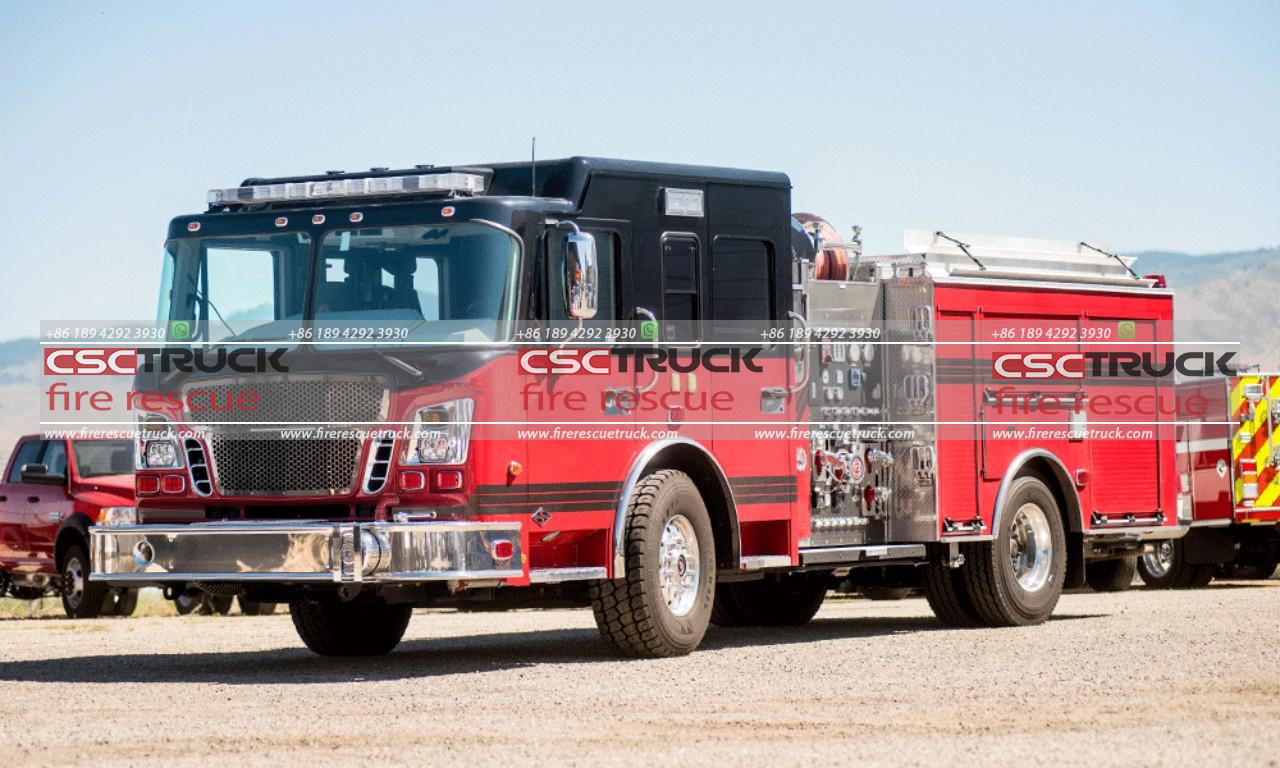 One of the most significant advancements in modern fire trucks is the integration of advanced firefighting systems. These include high-capacity water pumps capable of delivering large volumes of water, foam proportioning systems for efficient extinguishment of flammable liquids, and compressed air foam systems (CAFS) that generate foam for fire suppression.
One of the most significant advancements in modern fire trucks is the integration of advanced firefighting systems. These include high-capacity water pumps capable of delivering large volumes of water, foam proportioning systems for efficient extinguishment of flammable liquids, and compressed air foam systems (CAFS) that generate foam for fire suppression.
Furthermore, modern fire trucks incorporate advanced communication systems to enable seamless coordination among firefighters and other emergency responders. Integrated computer systems and displays provide real-time data and information, allowing firefighters to make informed decisions on the scene. GPS navigation systems assist in route planning and efficient response to emergencies.
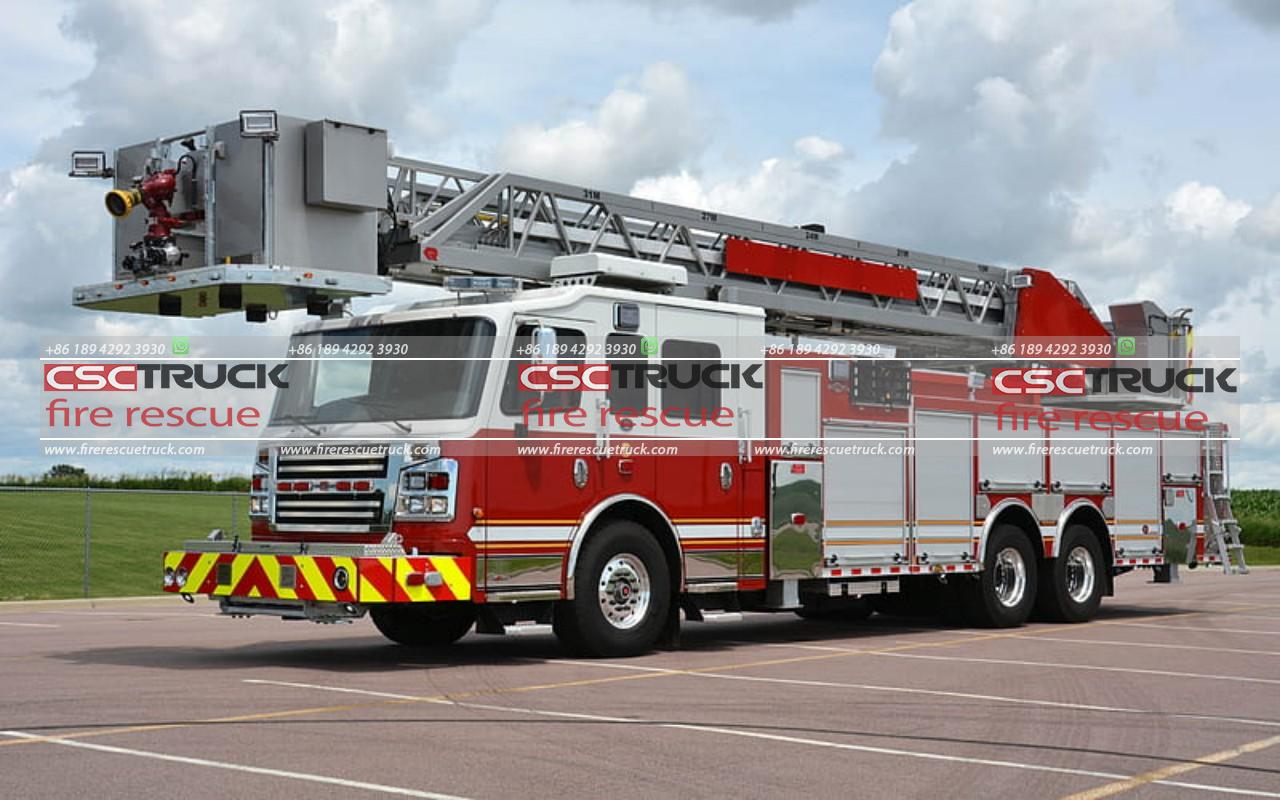 Another notable advancement in modern fire trucks is the integration of advanced safety features. Firefighters’ safety is of paramount importance, and fire truck manufacturers have implemented various measures to protect them during operations. These features include improved lighting systems, such as LED lights and strobes, for enhanced visibility and signaling to other motorists. Automatic vehicle stabilization systems help prevent rollovers, and advanced braking systems enable better control and maneuverability.
Another notable advancement in modern fire trucks is the integration of advanced safety features. Firefighters’ safety is of paramount importance, and fire truck manufacturers have implemented various measures to protect them during operations. These features include improved lighting systems, such as LED lights and strobes, for enhanced visibility and signaling to other motorists. Automatic vehicle stabilization systems help prevent rollovers, and advanced braking systems enable better control and maneuverability.
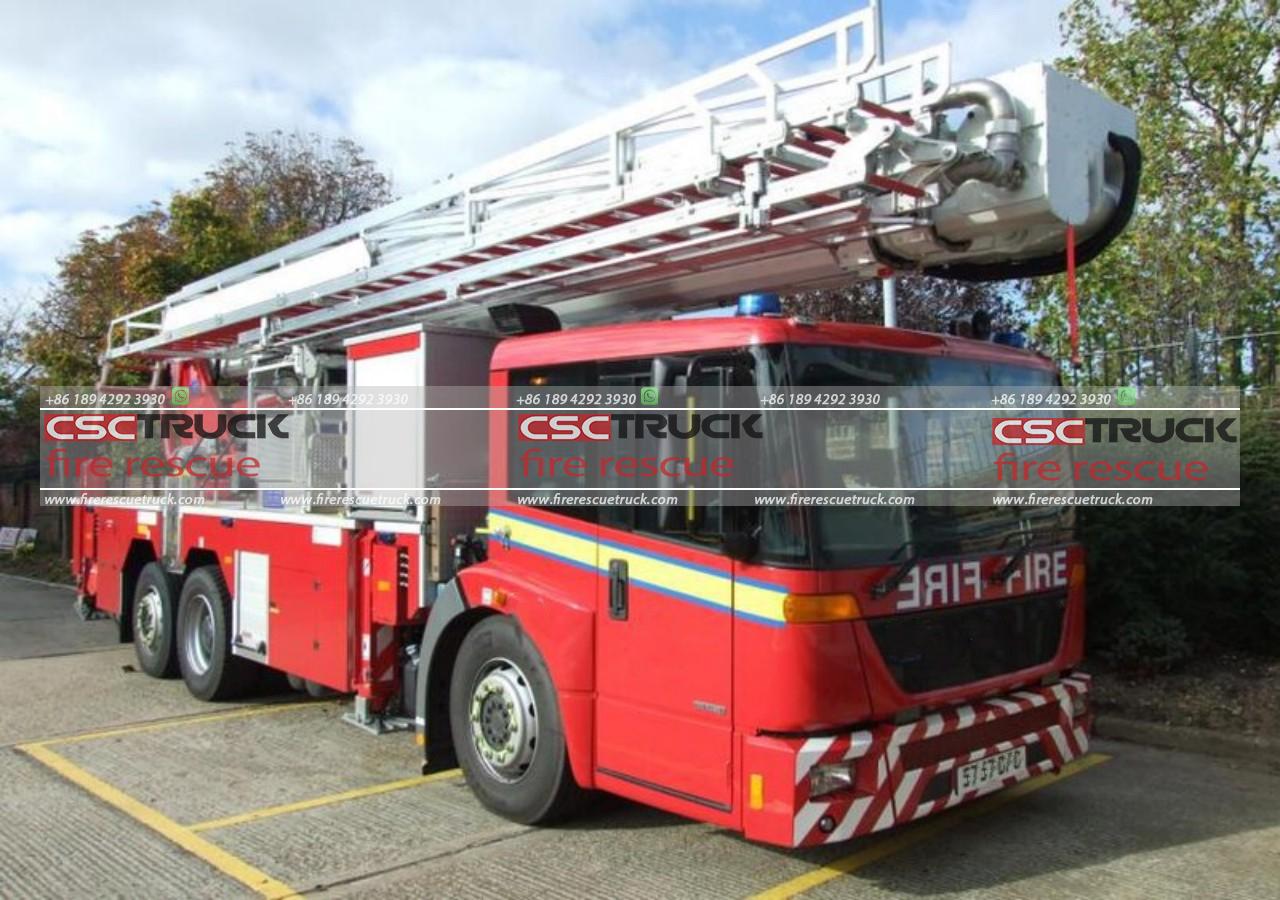 Fire truck technology has also embraced environmental consciousness. Many fire departments are transitioning to environmentally friendly options, such as hybrid or electric fire trucks. These vehicles offer reduced emissions, quieter operation, and improved fuel efficiency, aligning with sustainability goals and reducing the carbon footprint of firefighting operations.
Fire truck technology has also embraced environmental consciousness. Many fire departments are transitioning to environmentally friendly options, such as hybrid or electric fire trucks. These vehicles offer reduced emissions, quieter operation, and improved fuel efficiency, aligning with sustainability goals and reducing the carbon footprint of firefighting operations.
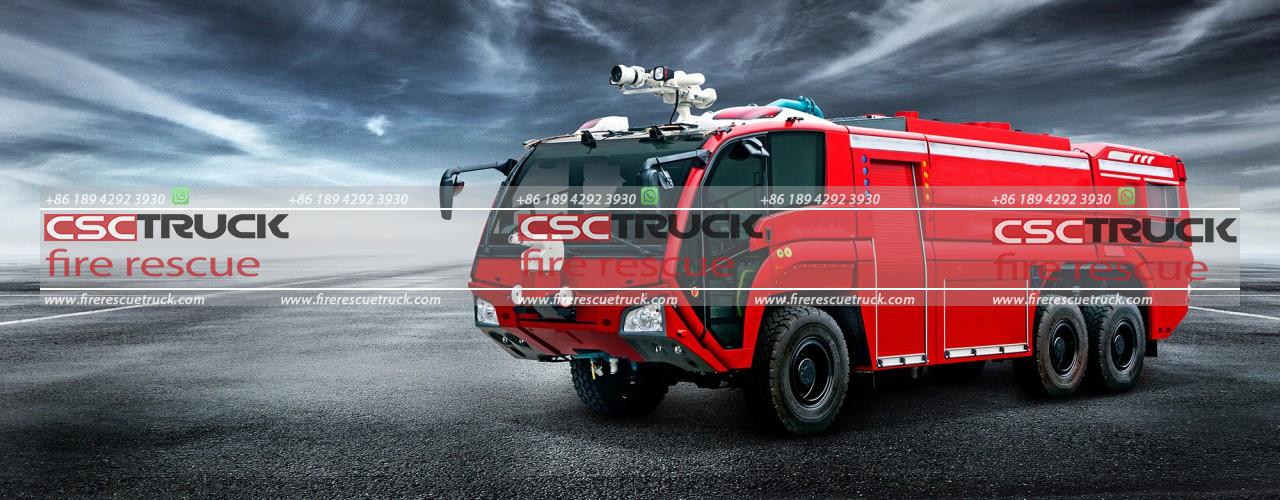 In addition to the physical aspects, fire truck technology has also expanded to include software and data management systems. These systems aid in record-keeping, maintenance scheduling, and resource allocation. Fire departments can analyze data on response times, incident reports, and equipment usage to optimize their operations and improve overall efficiency.
In addition to the physical aspects, fire truck technology has also expanded to include software and data management systems. These systems aid in record-keeping, maintenance scheduling, and resource allocation. Fire departments can analyze data on response times, incident reports, and equipment usage to optimize their operations and improve overall efficiency.
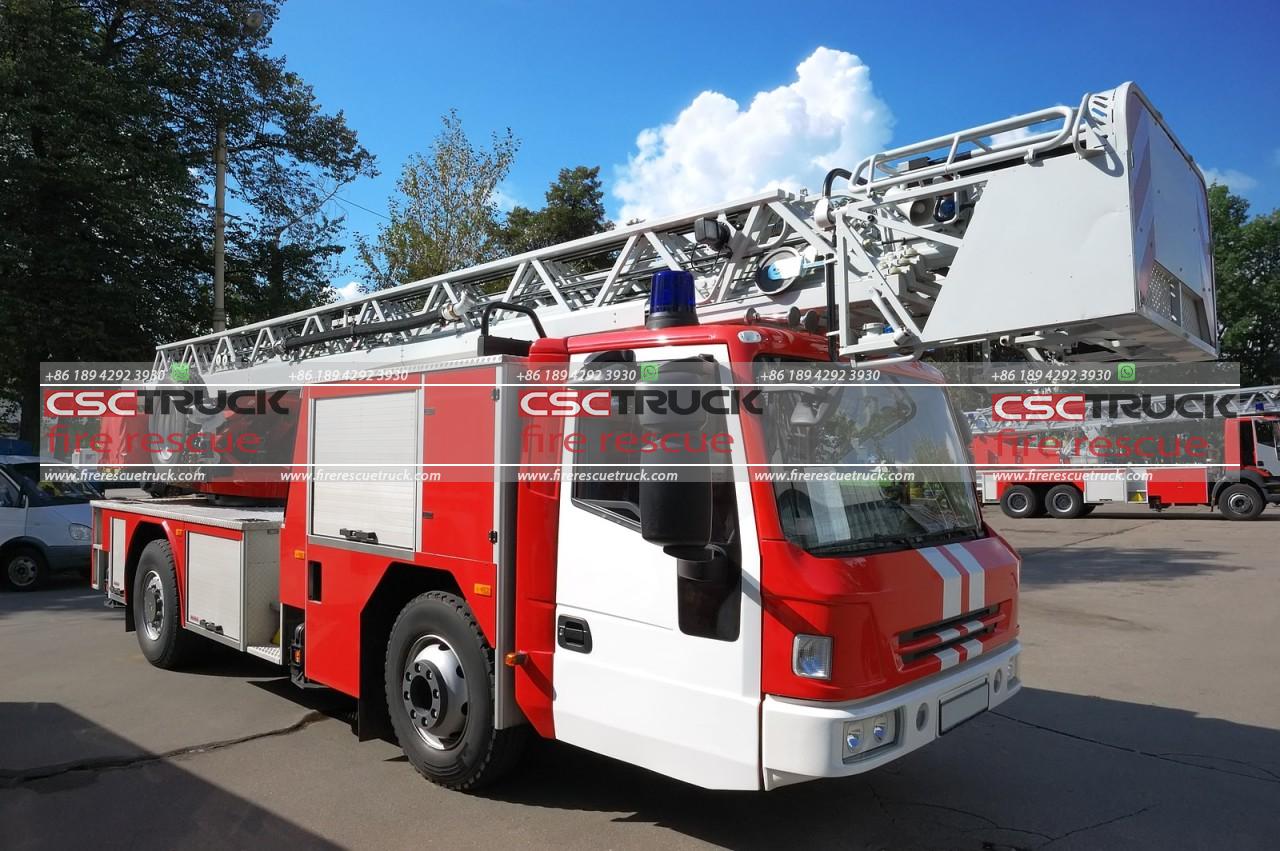 Looking to the future, the evolution of fire truck technology shows no signs of slowing down. Researchers and manufacturers are continually exploring new avenues for improvement. Some areas of focus include:
Looking to the future, the evolution of fire truck technology shows no signs of slowing down. Researchers and manufacturers are continually exploring new avenues for improvement. Some areas of focus include:
- Enhanced Situational Awareness: Advancements in sensors, cameras, and augmented reality technology can provide firefighters with real-time data and enhanced situational awareness, enabling them to make more informed decisions in challenging environments.
- Autonomous and Robotic Systems: The integration of autonomous and robotic systems could revolutionize firefighting by providing remote assistance, performing reconnaissance, and even executing certain tasks in hazardous situations, reducing risks to human firefighters.
- Improved Fire Suppression Agents: Research and development efforts are underway to create more effective and environmentally friendly firefighting agents, such as advanced foams and innovative fire suppressants, to enhance fire extinguishing capabilities.
- Drone Technology: Unmanned aerial vehicles (UAVs) or drones are increasingly being used in firefighting operations for aerial surveillance, reconnaissance, and monitoring of fire behavior. Continued advancements in drone technology may lead to further integration with fire trucks, enhancing overall response capabilities.
As fire truck technology continues to evolve, fire departments and emergency responders must stay abreast of these advancements. Regular training and education programs can ensure that firefighters are well-prepared to operate the latest equipment and utilize the capabilities offered by modern fire trucks.
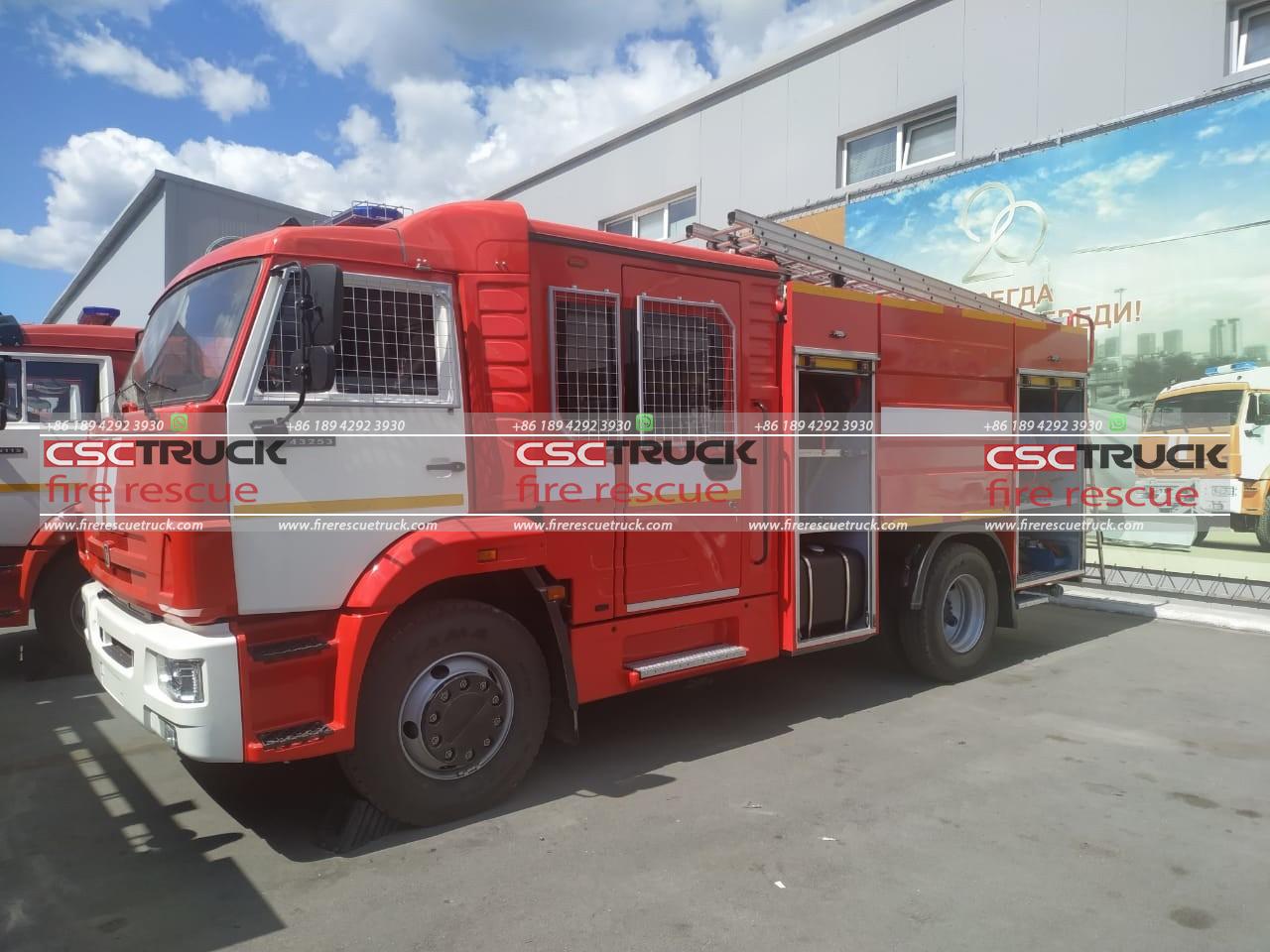 In conclusion, the evolution of fire trucks has come a long way from the horse-drawn engines of the past to the advanced and specialized vehicles of today. The integration of technology, advanced firefighting systems, enhanced safety features, and environmental considerations have transformed fire trucks into powerful assets in the battle against fires. With each innovation, the goal remains the same: to improve firefighting efficiency, protect firefighters, and safeguard communities. As technology continues to advance, fire departments must embrace these changes and equip themselves with the latest tools to fulfill their mission of saving lives and protecting property. The future of fire truck technology is undoubtedly exciting, and its continued development will pave the way for even more effective and efficient firefighting capabilities.
In conclusion, the evolution of fire trucks has come a long way from the horse-drawn engines of the past to the advanced and specialized vehicles of today. The integration of technology, advanced firefighting systems, enhanced safety features, and environmental considerations have transformed fire trucks into powerful assets in the battle against fires. With each innovation, the goal remains the same: to improve firefighting efficiency, protect firefighters, and safeguard communities. As technology continues to advance, fire departments must embrace these changes and equip themselves with the latest tools to fulfill their mission of saving lives and protecting property. The future of fire truck technology is undoubtedly exciting, and its continued development will pave the way for even more effective and efficient firefighting capabilities.
